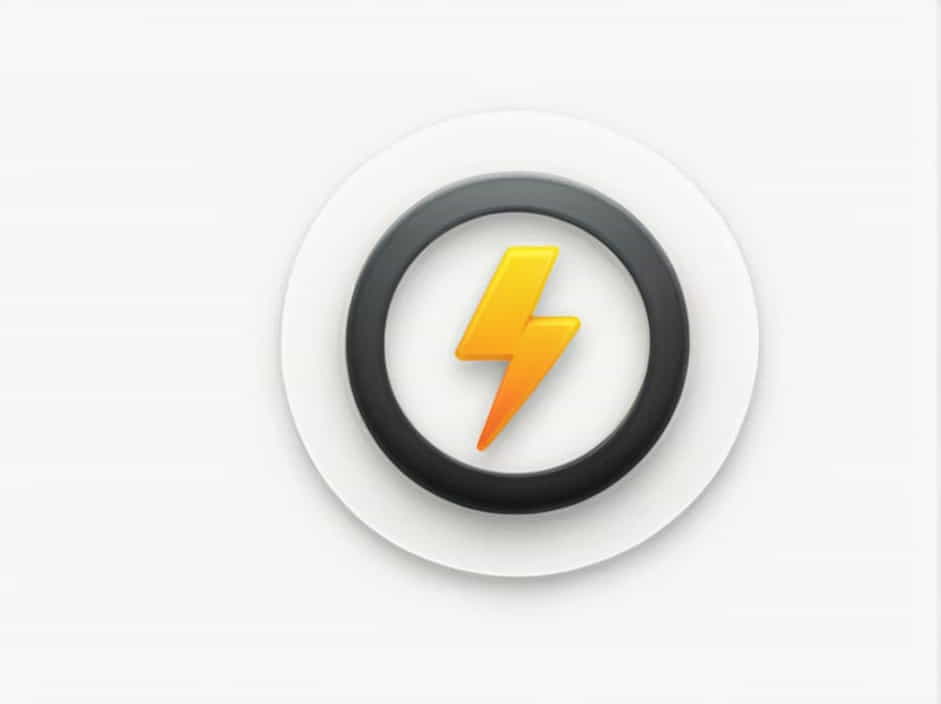Electromagnets are widely used in various applications, from industrial machinery to household appliances. One of their key functions is the ability to store energy in the form of a magnetic field. But how does this happen, and which component is responsible for storing energy in an electromagnet?
The Role of Inductance in Energy Storage
The primary component that stores energy in an electromagnet is the inductor. An inductor is a coil of wire that generates a magnetic field when current flows through it. The energy is stored in this magnetic field and can be released when the current is interrupted.
How Energy is Stored in an Electromagnet
To understand how an electromagnet stores energy, we must first look at Faraday’s Law of Electromagnetic Induction. This law states that a changing magnetic field induces an electromotive force (EMF) in a conductor.
When an electric current flows through the coil of an electromagnet, it creates a magnetic field around it. The strength of this field depends on:
✔ The amount of current flowing through the coil
✔ The number of turns in the coil
✔ The core material inside the coil
The energy stored in the magnetic field is given by the equation:
Where:
- E = Energy stored in the magnetic field (in joules)
- L = Inductance of the coil (in henries)
- I = Current flowing through the coil (in amperes)
As long as the current flows, the energy remains stored in the field. When the current stops, the field collapses, and the stored energy is released.
Which Component Stores Energy in an Electromagnet?
Among different electrical components, the inductor is the one that stores energy in an electromagnet. This is because an inductor:
✔ Converts electrical energy into magnetic energy
✔ Stores energy in the magnetic field
✔ Releases the energy when the current stops or changes
Other electrical components, such as resistors and capacitors, do not store energy in a magnetic field. Instead:
- Resistors dissipate energy as heat.
- Capacitors store energy in an electric field, not a magnetic field.
Thus, the correct answer is the inductor.
Applications of Energy Storage in Electromagnets
1. Transformers
Electromagnets are essential in transformers, where inductors store and transfer energy between circuits using magnetic fields. This allows voltage conversion for efficient power transmission.
2. Electric Motors and Generators
Electric motors use electromagnets to convert electrical energy into mechanical energy. Similarly, generators work in reverse, converting mechanical energy into electrical energy.
3. Magnetic Storage Devices
Electromagnets play a crucial role in data storage devices like hard drives, where tiny electromagnets manipulate magnetic fields to store digital information.
4. Inductive Charging
Wireless charging technology uses electromagnetic fields to transfer energy between coils, storing and releasing energy efficiently.
5. Electromagnetic Brakes
Many trains and industrial machines use electromagnetic brakes, which store and release energy in a controlled manner to provide smooth braking action.
Energy Loss and Efficiency in Electromagnets
While inductors store energy effectively, some energy is lost in the form of heat due to electrical resistance in the wire. To minimize these losses, engineers use:
✔ Superconducting materials to reduce resistance
✔ High-permeability core materials to improve magnetic efficiency
✔ Cooling systems to dissipate excess heat
The efficiency of energy storage in an electromagnet depends on these factors, ensuring optimal performance in electrical systems.
How Inductors Store and Release Energy
Step 1: Energy Storage
When a voltage is applied across the coil of an inductor, current begins to flow. This generates a magnetic field around the coil, storing energy in the field.
Step 2: Maintaining Energy
As long as the current remains steady, the energy stays within the magnetic field, keeping the electromagnet active.
Step 3: Energy Release
When the current stops or changes direction, the magnetic field collapses, releasing the stored energy. This can induce a voltage spike, which is why inductors are often used in energy recovery circuits.
Comparing Energy Storage in Inductors vs. Capacitors
| Feature | Inductors (Electromagnets) | Capacitors |
|---|---|---|
| Energy Storage Medium | Magnetic Field | Electric Field |
| Storage Formula | E = frac{1}{2} L I^2 | E = frac{1}{2} C V^2 |
| Energy Release | Slow and continuous | Instantaneous burst |
| Common Uses | Transformers, motors, inductive loads | Power supply circuits, signal filtering |
Both inductors and capacitors store energy, but only inductors store energy in the magnetic field, making them crucial in electromagnet applications.
✔ The inductor is the component that stores energy in an electromagnet.
✔ Energy is stored in the magnetic field when current flows through the coil.
✔ Inductors are widely used in transformers, motors, wireless charging, and electromagnetic braking systems.
✔ While capacitors store energy in an electric field, inductors specifically store energy in a magnetic field.
Understanding how inductors work helps in designing efficient electrical and electromagnetic systems, ensuring better energy management in various applications.
